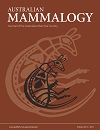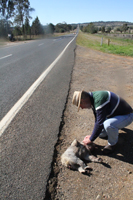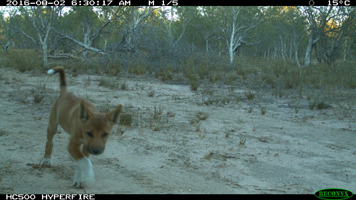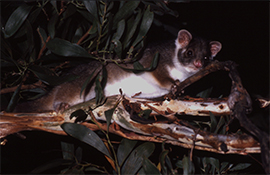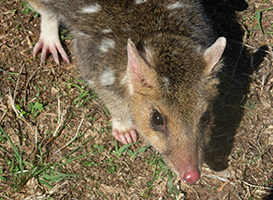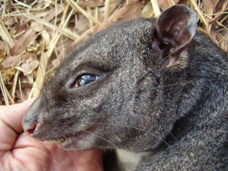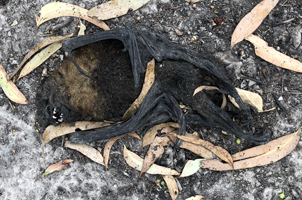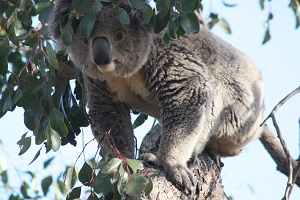
This paper describes a 6-year local-scale study at a koala black spot within Coffs Harbour before, during and after an upgrade of the Pacific Highway. Before the upgrade, koalas were regularly killed. The newly-erected koala exclusion fences largely eliminated the roadkill. Our study shows the value of solutions which are tailored to the scale of local problems. Photograph by Dan Lunney.


